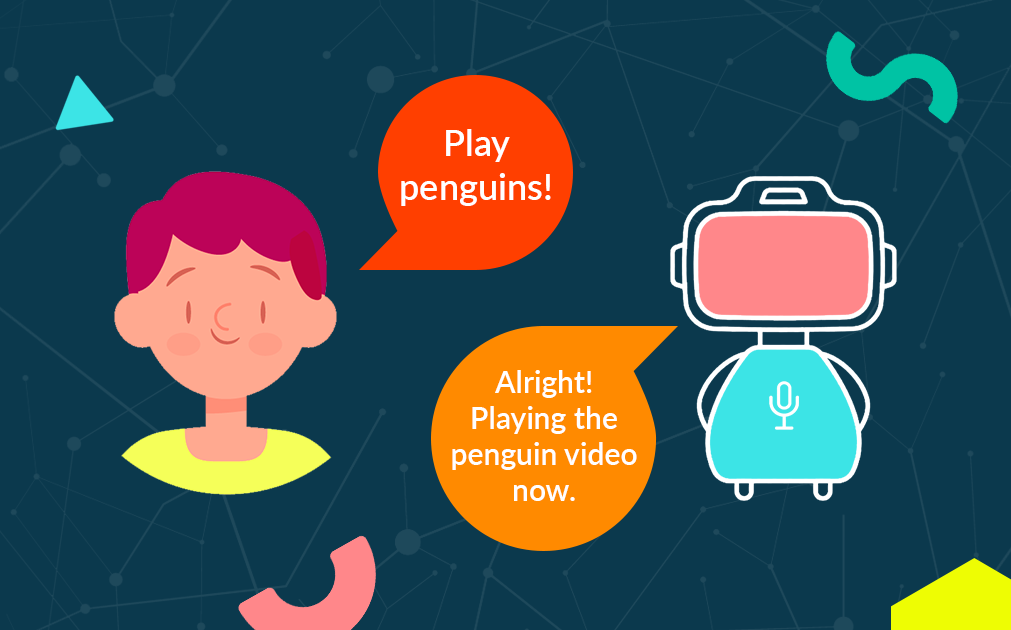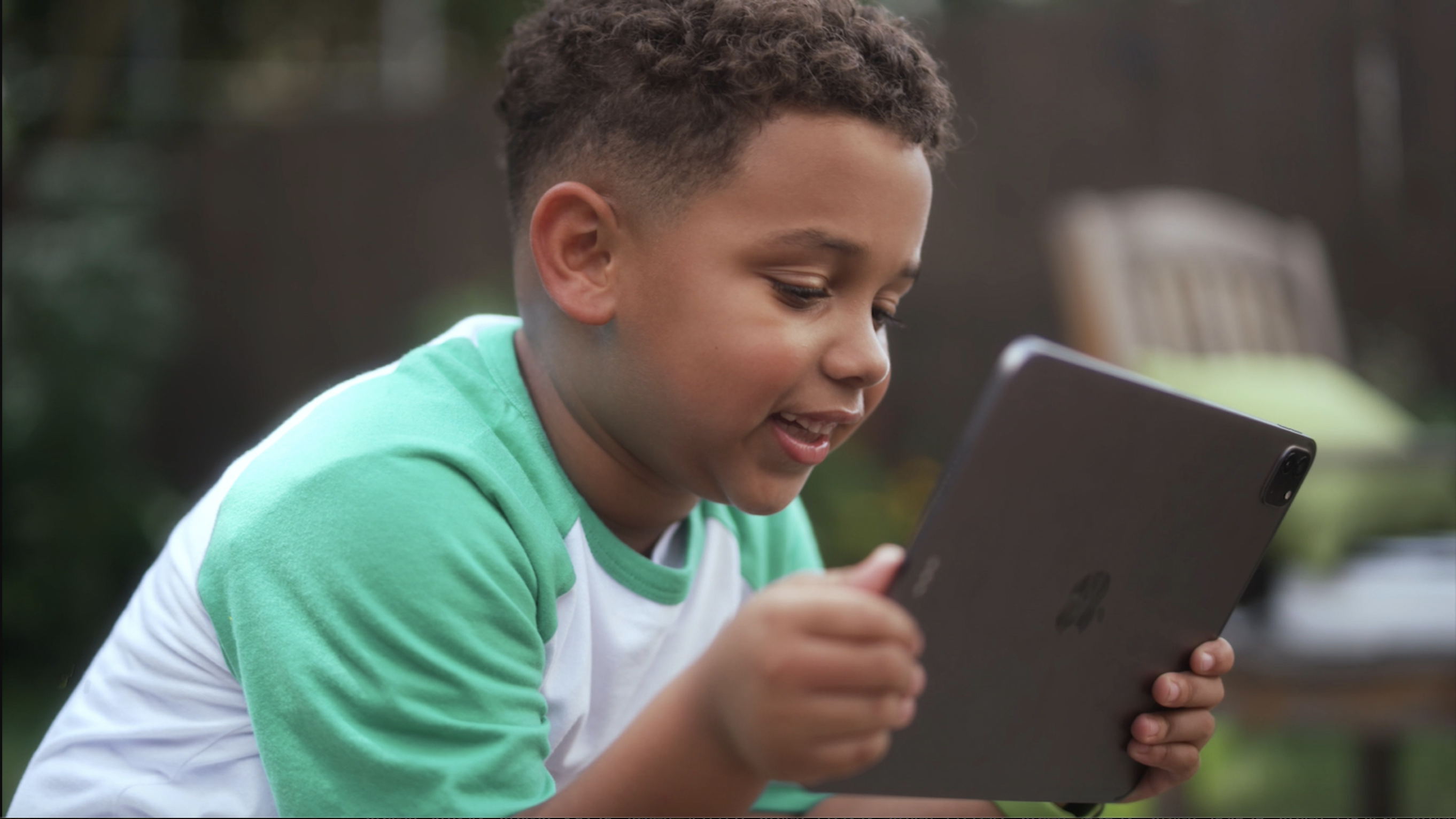Lessons from Our Voice Engine: Intent Recognition
June 17, 2021

Welcome to the seventh and final installment of our “Lessons from Our Voice Engine” blog series.
Agape Deng, Computational Linguist and member of our Speech Tech team, explains intent recognition and why it’s important for kids’ experiences with speech recognition solutions.
What is intent recognition?
Intent recognition is the natural language understanding (NLU) task of determining what general goal a user is trying to accomplish (e.g., finding out the weather forecast, booking a table at a restaurant, or adding a song to a playlist).
What’s tricky is there are many ways users may express an intent. For example, “Turn on the light” and “It’s too dark in here; make it brighter” are just two of a plethora of ways of expressing the same “Light on” intent to a smart home device, but the two utterances are completely different on the surface in terms of syntax and vocabulary.
A good intent recognizer should map both of those utterances to the same intent. More generally, a well-trained recognizer can account for the many ways people may express their goals in natural language and map them to the correct intent, which then triggers an action or response.
Why is it important for kids’ experiences with speech recognition?
With children, the trickiness of interpreting intents in natural language is magnified. Kids express intents much differently from adults, and often in surprising, creative, and playful ways. Not capturing intents correctly can greatly frustrate a child’s play or learning experience and hinder further interaction.
Being laser focused on kids, SoapBox Labs not only develops machine-learning based intent recognition using state-of-the-art neural architecture, we also ensure that for each domain, the data is derived from real-world kid data. This ensures that our models capture the way real kids express their intents.
Catch up on all our previous “Lessons from Our Voice Engine”:
- #1: Natural Language Processing
- #2: Custom Language Models
- #3: Deep Learning
- #4: Debiasing
- #5: Acoustic Models
- #6: Keyword Detection




